GS320 HTOOL 6G Vector Network Analyzer RF Antenna Tester VNA Handheld Portable Wireless Detector WIFI –
609,17 $ Original price was: 609,17 $.210,06 $Current price is: 210,06 $.
Buy GS320 HTOOL 6G Vector Network Analyzer RF Antenna Tester VNA Handheld Portable Wireless Detector WIFI at for . Find more , and products. Enjoy ✓Free Shipping Worldwide! ✓Limited Time Sale ✓Easy Return.
product details
GS-320 Handheld 3G 4G 6G Vector Network Analyzer VNA is especially suitable for Bluetooth, wifi, 2.4G, 5.8G, GPS, BeiDou, all frequency bands of Internet of Things equipment, all frequency bands of security products RF circuit matching debugging!
GS-320 Handheld Vector Network Analyzer VNA (Reflectometer) 23-6200 MHz refers to the matching characteristics in measuring passive and active radio equipment (antennas, cables, filters, attenuators, amplifiers, etc.).
The device enables you to measure parameters such as complex reflection coefficient, standing wave ratio (VSWR), impedance, conductance, amplitude, phase, loss and distance to the point of cable failure.
The GS-320 is made in a durable aluminum housing in the form of a portable automated instrument, as it is lightweight, compact and consumes little energy, allowing measurements to be made directly on the object to be measured.
The analyzer is particularly suitable for companies working in the field of telecommunications, antenna installation and maintenance, cellular communications amplification, and so on. With it, service centers and maintenance personnel can perform RF analysis of cables and antennas while performing commissioning or repair work.
In addition, the device is ideal for workshops, radio enthusiasts, educational institutions and laboratories.
For example, you can perform the following
operations with the instrument:
-Impedance matching using a Smith circle diagram
-Measure standing wave ratio
-Measure attenuation in cables
-Measure cable faults or irregular distances
-Wide operating frequency range: 23 MHz to 6200 MHz
-Scanning speed up to 1000 points/second
-Highly accurate measurements: 0.25 dB and 1.5° over the entire frequency range
-Ability to display up to four separate markers on all charts, allowing accurate evaluation of the measured parameters
-Display of reflection coefficients for almost all possible descriptions
-Ability to measure cable faults and loss distances
-Support of a host computer, which can be operated through a PC interface (host computer software available through distributors)
-Ability to power the device from a tablet or smartphone via Typc-USB cable: a battery that is not discharged in time does not stop the workflow.
We have more detailed electronic manuals, PC software. If you need, please leave your e-mail address, we will have a professional staff to provide you with the service!
GS-320 specifications:
-Operating frequency range: 23-6200 MHz
-Frequency resolution: 10 kHz
-Maximum number of scanning points: 1000
-Scanning speed: 1000 points/sec
-Bridge orientation, uncorrected over the entire range: > 12 dB
-Effective directivity (after full single-port calibration)Note 1: > 50 dB
-VSWR at input: < 2
-Phase measurement accuracyNote 1: > 1.50
-Amplitude measurement accuracyNote 1: > 0.25 dB
-Resolution for determining the distance to the fault pointNote 2: (C x VF) / 2S m
-Maximum length of measuring cableNote 3: 3000 m (VF = 1)
-Maximum DC input voltage: 25 V
-Display graphs: Smith’s circle; polar plot of reflection coefficients in phase; magnitude; logarithmic amplitude; VSWR, distance to fault; cable loss
-Operating temperature range: 0 … +40°C
-Screen diagonal: 3,2 inches
-Screen type: resistive
-Screen resolution: 320х240
-Battery capacity: 4000 mAh
-Battery life Note 4: ~ 4 hours
-Battery charging time: ~ 6 hours
-External dimensions (L×W×H): 145×72×24mm
-Package size (L×W×H): 240×130×35mm
-Weight: 0.48kg
Translated with DeepL.com (free version)





be careful:
1. Warm up the unit for at least five minutes after a complete (short-circuit, disconnect, load) single-port calibration before performing measurements. The ambient temperature must not change by more than ±3°C between calibration and measurement.
2. where C is the speed of light m / s; VF is the velocity factor (the ratio of the speed of propagation of electromagnetic waves in the cable to the speed of propagation of electromagnetic waves in a vacuum), depending on the cable to take the value of 0.1 to 1; S is the frequency range of scanning frequency (Hz) in the frequency task.
3. depending on the amount of attenuation of the cable, it is the limit of the display.
4. Fully charged, at ambient temperature plus 20 ± 5°C.
The device has been factory calibrated and the device connector is used as a reference. If measurements are planned using cable assemblies, adapters, etc., recalibration is required. To do this, use the 50 ohm calibration kit SOL (S – short circuit, O – open circuit, L – load).
The SOL calibration kit is most commonly found in the N-type and SMA-type form factors. Select the form factor that corresponds to the connector type on the reference where calibration is planned.
Translated with DeepL.com (free version)
HT5 Product Details
The HT5 logarithmic periodic antenna is a widely used antenna in the field of wireless communication. It has the following functions and application scenarios: Wide frequency range: The antenna can operate between 1300MHz and 10GHz, covering a wide frequency range. Logarithmic periodic characteristics: Logarithmic periodic antennas have logarithmic periodic characteristics, which means that their gain varies with frequency. Gain: The gain range of the antenna is 6 to 9dB, with a high gain.
Product parameters
Logarithmic periodic directional antenna 1300MHz-10GHz
Suitable for: Beidou GPS, 2.4GHz, 5.8GHz, microwave darkroom testing. Suitable for: signal analysis, positioning, lateralization, etc. Test range: 1300MHz-10GHz directional gain: 6-9dBi
Standing wave ratio:<1.5
Impedance: 500


window.adminAccountId=2684042240;
| Ships From | CHINA |
|---|---|
| Color | GS320 HT5, GS320 |
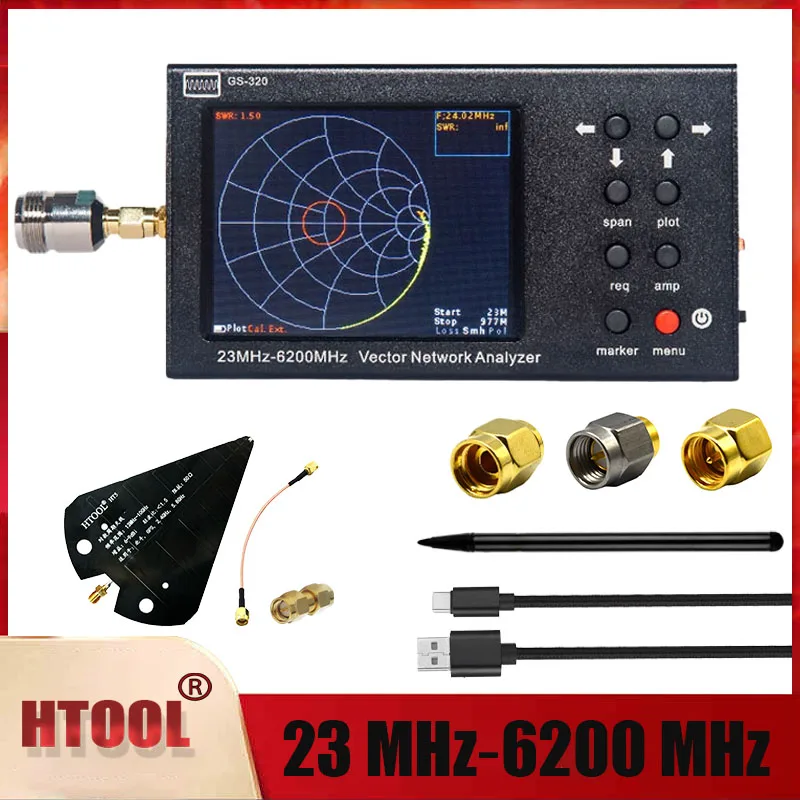
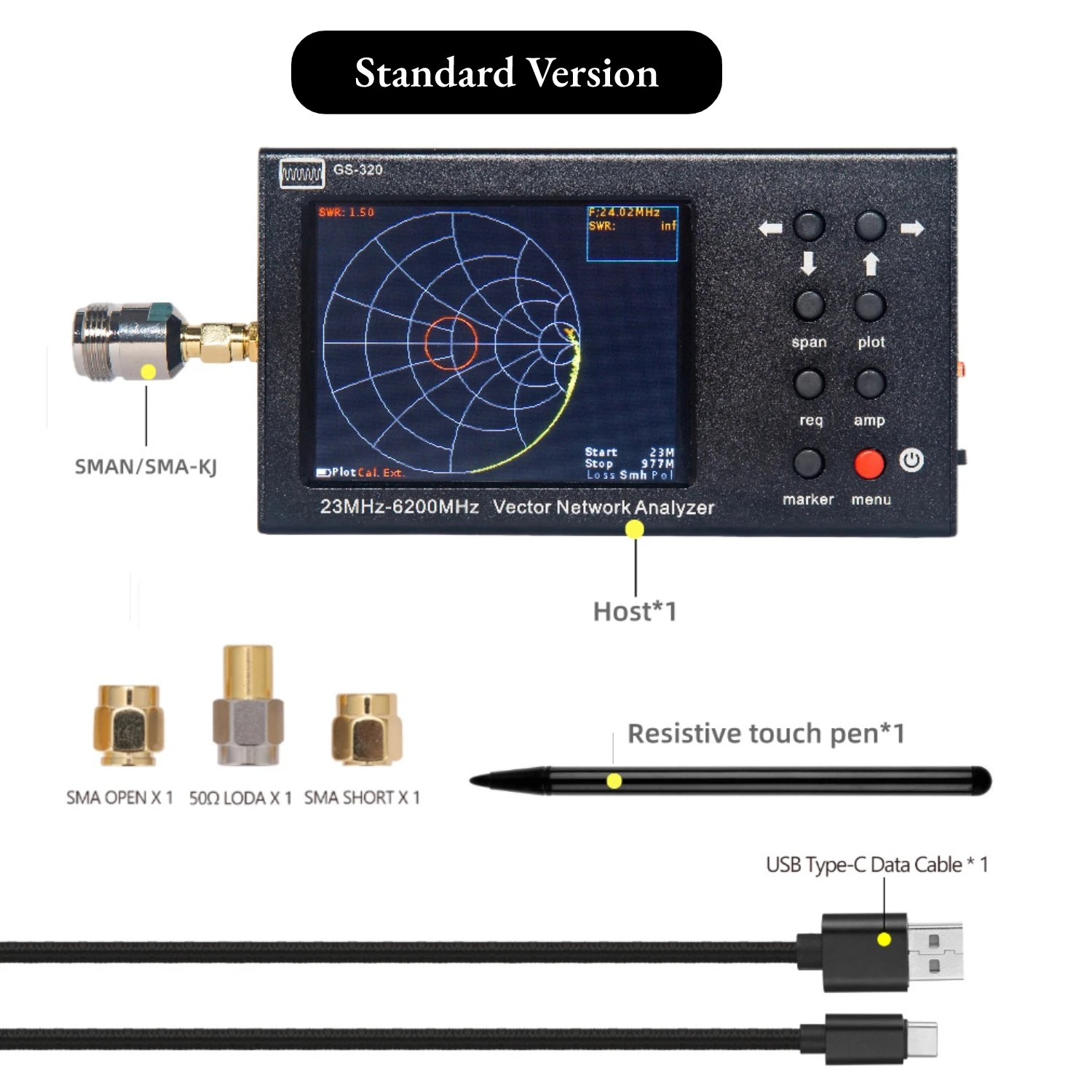

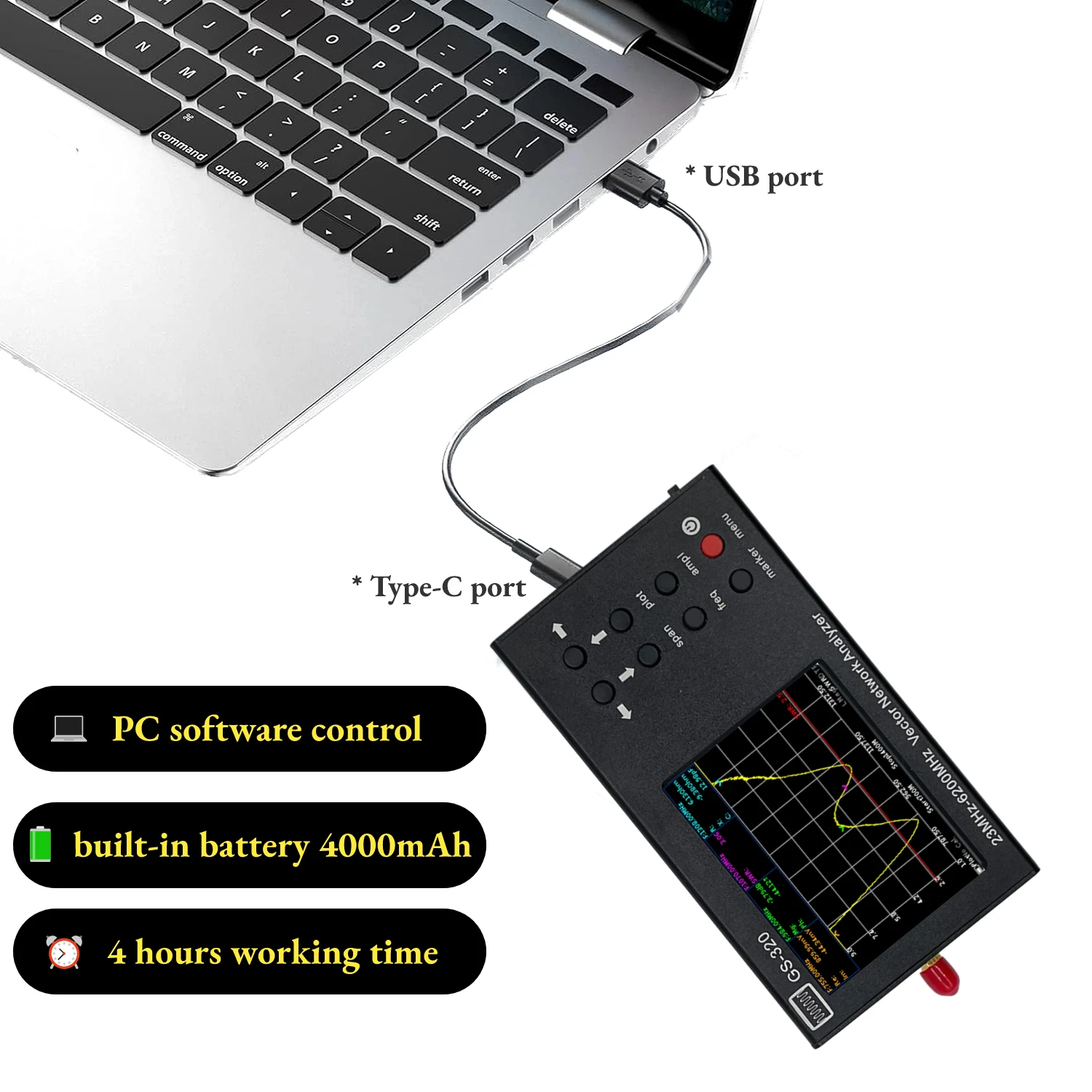
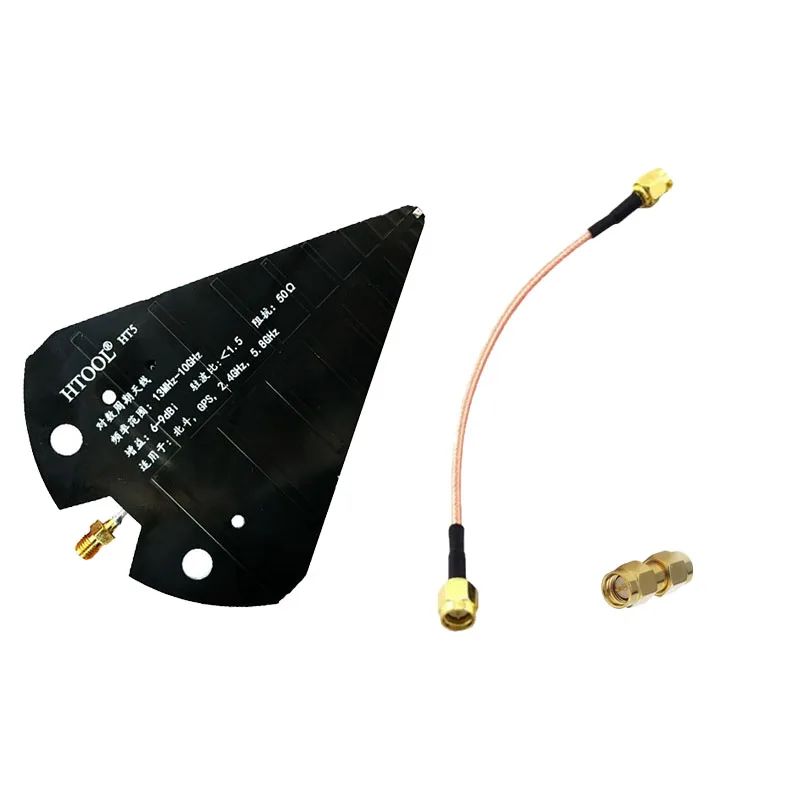

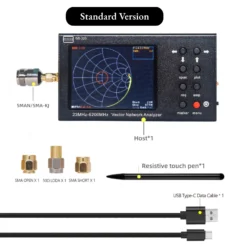
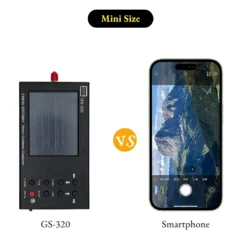

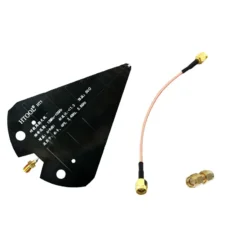












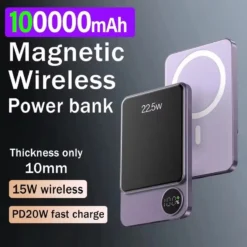


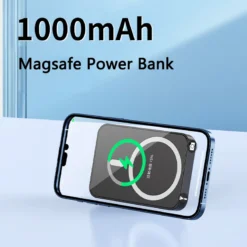
Enrique Lutz –
Chudovy Prilad for Vimivannya characteristics of antenes. Everything is in the photo. It is alright for the Rajbati such as Nabir out of touch on the rizni roz’mi T podozhuvach, schobi do not make the current roz’m SMA, which is not a mite.
Carla Poole –
Fukumoto Shusake –
Eleri Barnes –